Editor’s Key Takeaways: Transforming Photography with Triangular Compositions

In this blog post, the use of triangular shapes in photography is explored as a powerful composition tool. The triangle can provide dynamism and balance while leading the viewer’s eye through the image. The article explains the importance of skillfully incorporating these shapes into compositions, as well as noting the various ways triangles can be found or constructed within different images. The author discusses different types of triangles including the symmetrical, scalene, and implied triangle, and how these are used in different scenes such as posing people or in still-life photography.
- Triangle shapes are essential elements of photographic composition.
- These shapes can provide a sense of dynamism and balance within the image.
- Different types of triangles, including symmetrical, scalene, and implied triangles can be used effectively in various scenes.
- Triangles can be subtly implemented into an image to create a strong, stable, eye-catching composition.
The article also introduces the concept of the ‘Golden Triangle’ in art and how it can be used in photography to further enhance the composition of the image.
Introduction
The triangle is a powerful composition tool. It can provide dynamism, lead the viewer’s eye, and offer a much-needed sense of balance. In other words, with a bit of triangle magic, you can dramatically improve your compositions.
But incorporating the shape into your compositions takes real skill in order to create visual flow. You have to know what to look for, and even once you’ve found a solid triangular shape, it’s important that you manipulate the frame for the best possible effect.
In this article, I take you through the essentials of triangles in photography. I explain what they’re all about, how they work, and how you can use them for amazing results!

A Guide to Trianglular Compositions in Photography:
How to Add the Shape into Your Photos
Triangles are a fundamental element of photographic composition. Put more simply, they’re a shape you can use to arrange your photos.
They appear in many forms. For instance, you’ll find very clear, obvious triangles:
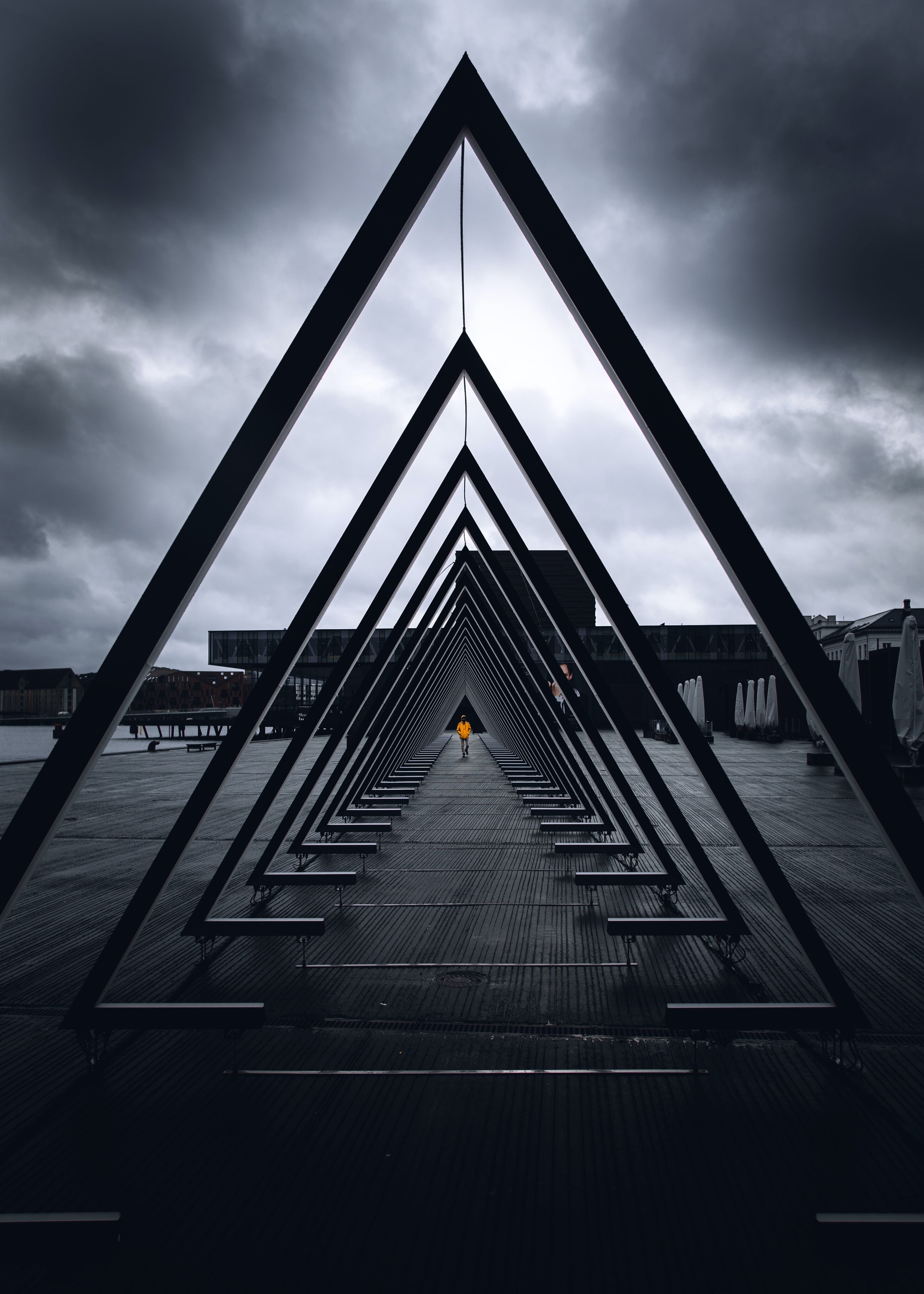
As well as more subtle, implied triangles:

These all count as triangular compositions, even if the shapes don’t immediately jump out at the viewer.
In fact, the best compositions often don’t immediately reveal their triangular elements. Instead, the shapes work behind the scenes to create a strong, stable, eye-catching image.
Are Triangular Compositions Useful?
You can certainly use the shape in your compositions to great effect. While the triangle may seem like an unconventional composition element, it can be found all over the place in art, and for good reason.
For one, triangles are great at stabilizing images. Take a look at the next image, which features a triangular staircase.
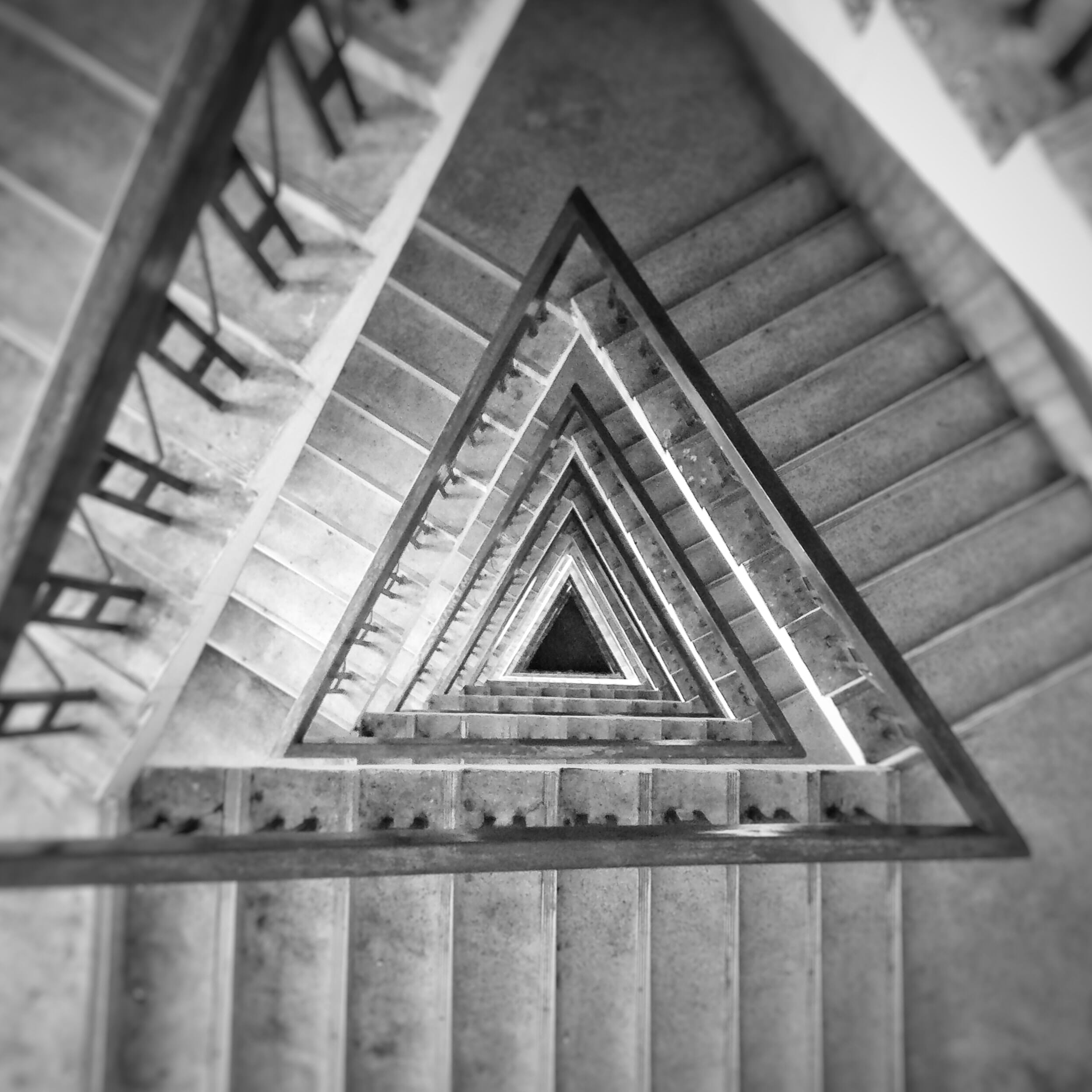
Do you feel how complete that composition is? It’s thanks to the repeated, consistent shape, which helps the image stay strong and solid.
(Note that lines, on the other hand, are not stable. They shuttle the viewer along, but they don’t really offer a strong stopping point.)
Triangles are also great for another reason: They add visual flow. This refers to movement within a composition. Leading lines often establish flow by moving the viewer from the foreground to the background, and spirals often achieve it by swirling the viewer around the frame.
Triangles add visual flow by mixing both spirals and lines. The edges of the triangle guide the viewer along, but at each vertex, the viewer turns toward another part of the image. This means that the shape takes the viewer on a journey, generally moving them from area to area until they’ve appreciated the entire shot.
Do All Scenes Include Triangular Shapes?
If you look hard enough, you can find triangles everywhere. Scenes are full of shapes just waiting to be uncovered, but you must use your compositional chops to find the triangles and display them in a way that makes photographic sense. Note that this is true for all types of photography, from landscapes and portraits to street shots and more.
Landscape photographers often use triangles to take the viewer from the bottom of the frame toward an interesting background element (at the shape’s peak):
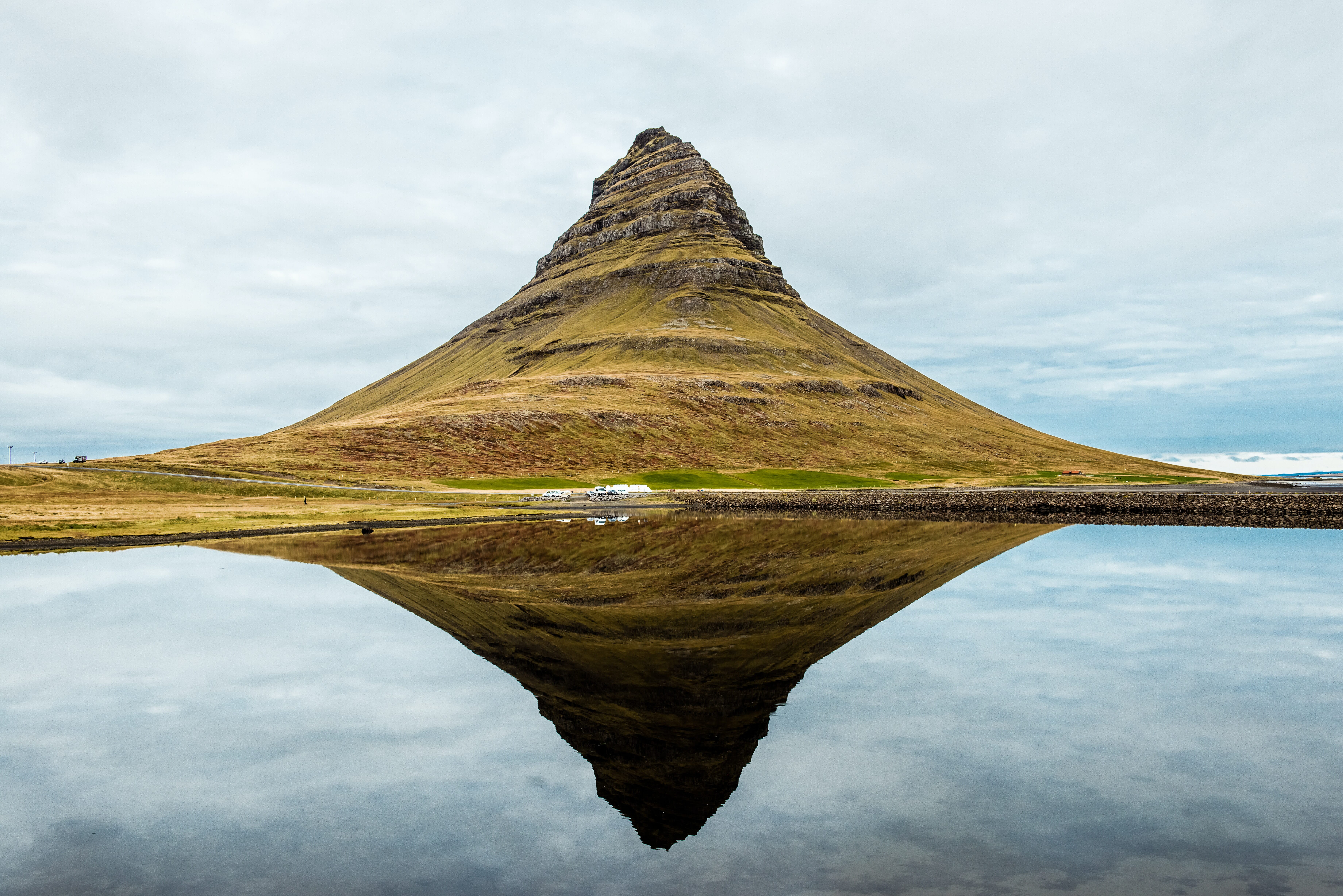
Portrait photographers often arrange their subjects in a way that creates a triangle of heads:

Portrait snappers sometimes also pose their subjects to create a triangle of limbs:

And street photographers will often use multiple moving subjects to form a triangle or incorporate linear elements from surrounding buildings to create the shape:
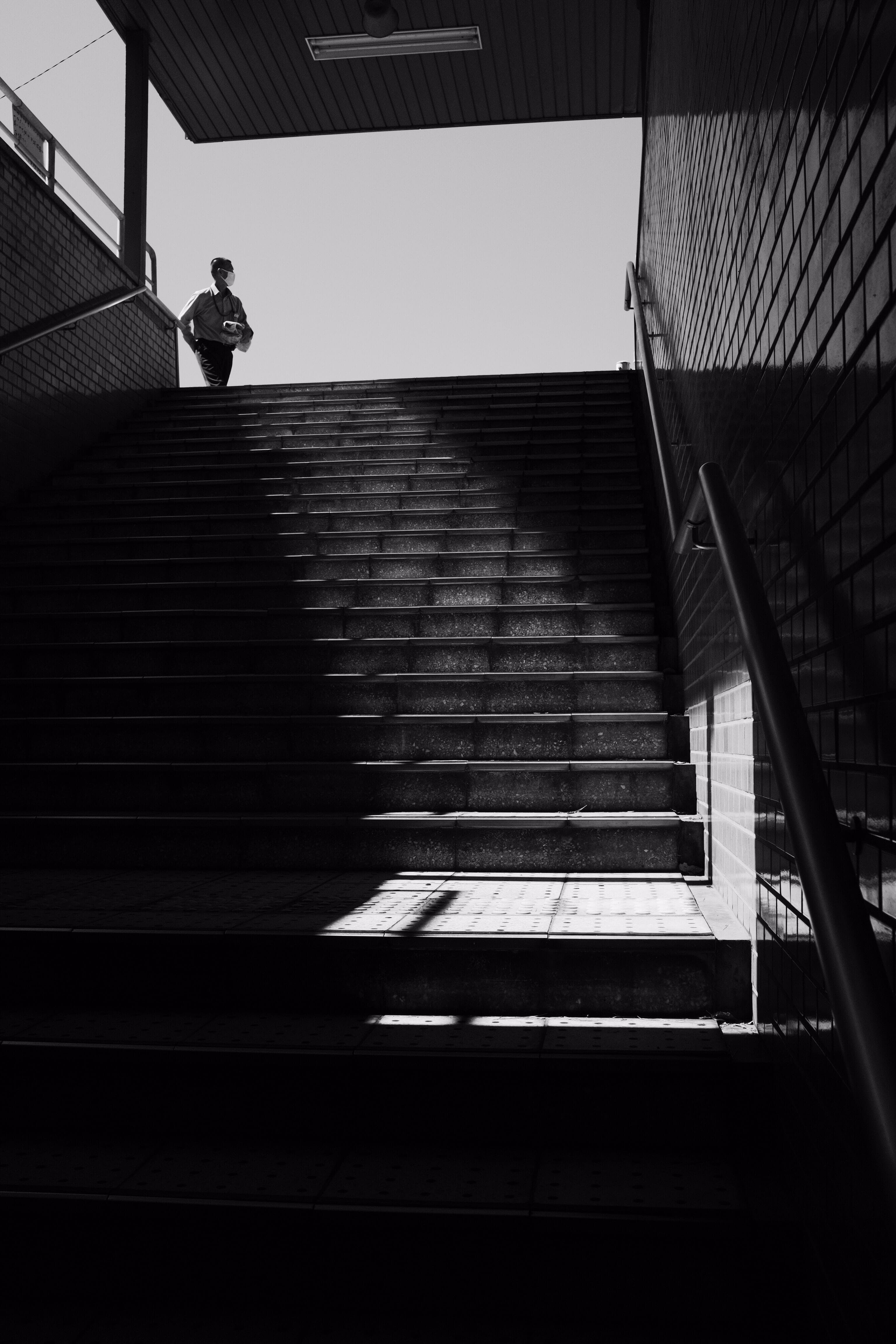
The lesson here is that triangular compositions are pretty much always an option, but you can’t just point, shoot, and expect your images to look great. Instead, you must work the scene, identify potential vertices, and create a solid image arrangement using the triangular elements at your disposal.
Types of Triangles
As I said, triangles are everywhere, and this means that there are many types to keep in mind (all offering different effects). Let’s take a look at some of the key variations you should be aware of:
The Symmetrical Triangle
These are the simplest triangles out there because they offer clear elements of symmetry to use in your photos.

Note that symmetrical triangles can technically sit horizontally (where a vertex of the shape points left or right) but tend to sit vertically, with the vertex pointed up or down.
Symmetrical shapes are very stable, and they’re also very intense. They’ll also make your image feel very bold, especially if they take up most of the frame.
Now, symmetry often prevents images from having visual flow, which is usually best avoided. For this reason, symmetrical triangles can feel a bit static.
That’s why I recommend you think carefully before using a symmetrical shape. When in doubt, it’s better to aim for the next type on this list:
The Scalene Triangle
The term scalene may sound very mathematical, but it’s simple to understand. Scalene triangles have different lengths on all sides, which means that they don’t include symmetry.
Therefore, they tend to be highly dynamic and are great at creating visual flow that moves the eye throughout the frame.
Here’s an example of a shot with a scalene triangle:
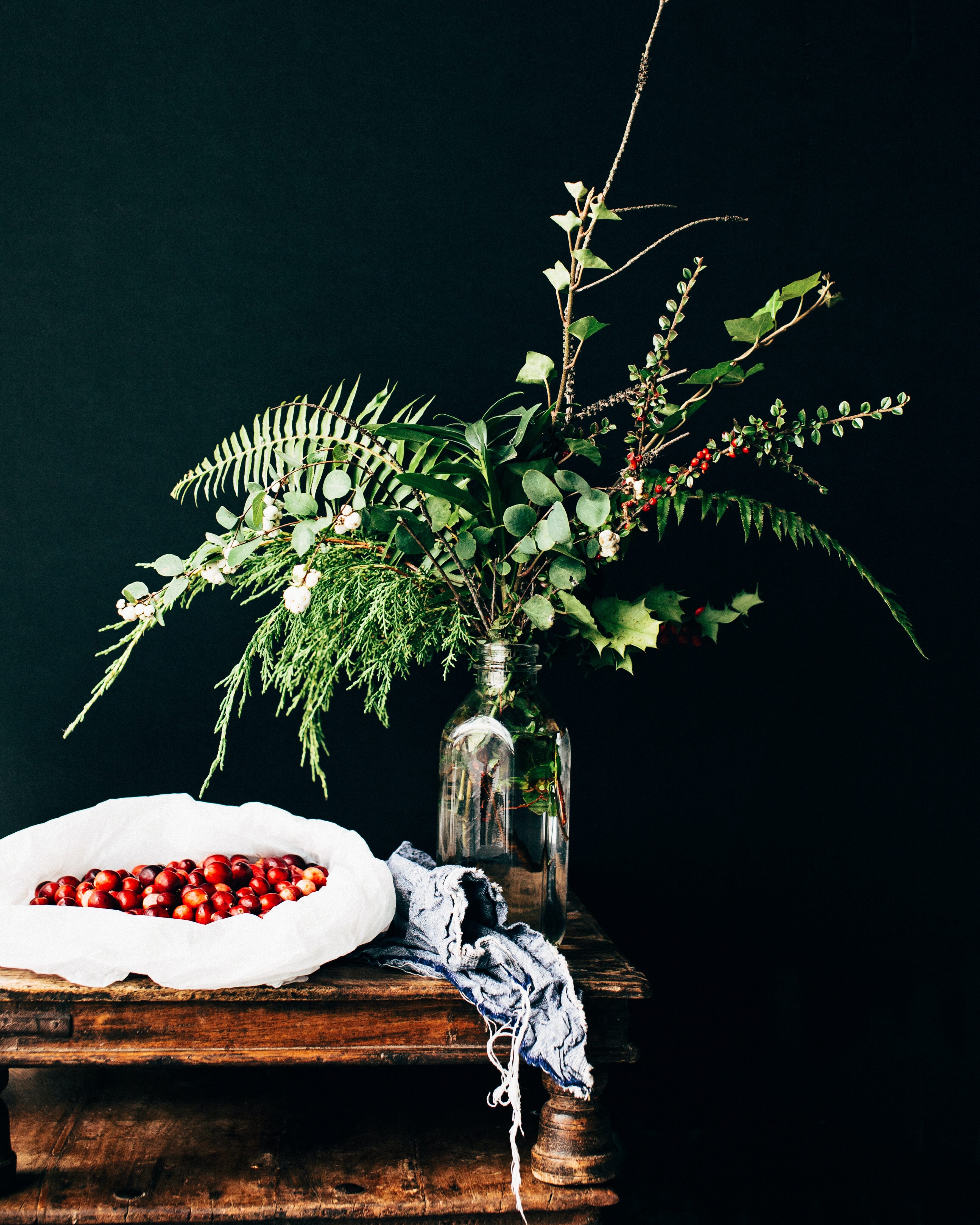
The shape is there, but it takes the eye on a journey around the frame rather than just presenting itself in a static way.
Scalene triangles are actually very common in photography because they occur naturally. (On the other hand, it requires great effort to find symmetry.)
Related Posts
So when you see a scalene triangle, embrace it. Use it in your composition, and let it move the viewer’s eye all around the frame.
The Implied Triangle
Implied triangles aren’t obvious. They might consist of a couple of vertices and a line. Or they might consist of a few lines and a vertex.
Because implied triangles aren’t fully formed, they don’t generally provide the same level of stability as a true triangle. But they can still help stabilize an image, and they can certainly create an interesting visual flow.
In this next example, the flowers, the box, and the hourglass create a loose triangular arrangement:
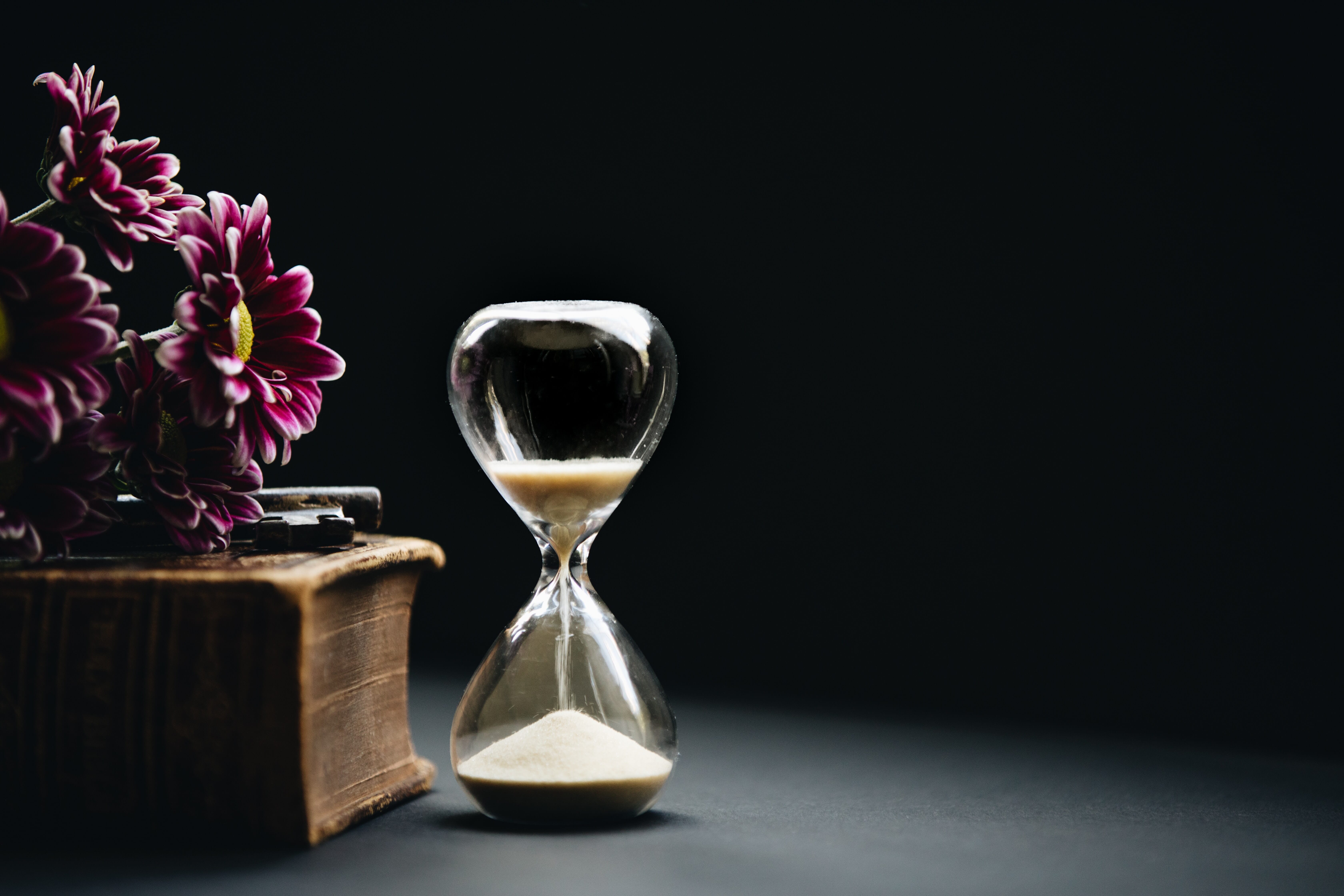
Posing People in Triangles
If you’re a portrait photographer, it pays to understand triangles well because some of the easiest poses involve working your subjects around the shape.
For instance, if you’re photographing a single person, you can have them push their hair back to create a triangle between the top of their hand, their chin, and their elbow. Or you can have them put their hand under their chin with their elbow on their knee, which creates a triangle out of their body.
You might just have them stand so that there’s an implied triangle created out of their head and shoulders:
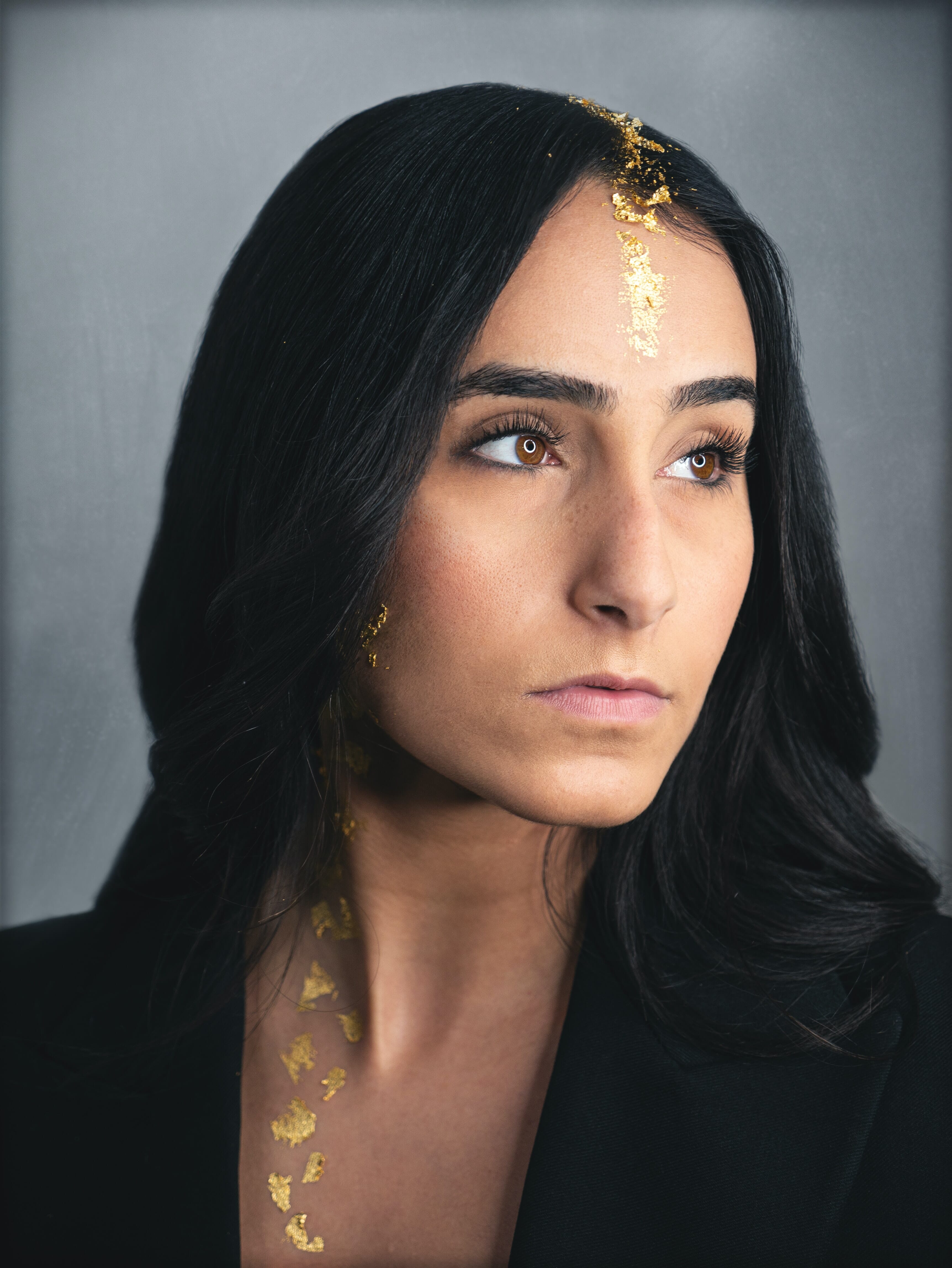
These shapes are elementary, but they’re highly effective, and they can easily elevate an image from good to great.
Note that you can also use triangles when posing subjects in groups. For instance, you can incorporate them in family photography when posing a parent with a child:

Or you can create three-person poses, where the heads of each subject together form a triangular shape.
What’s especially nice about triangles is how many variations there are. After all, scalene triangles can appear in thousands of different configurations, so shooting with them never really gets old.
The Still-Life Triangle
Still-life artists love triangular shapes. This is because of their stability and visual flow, which are essential qualities of otherwise static still-life shots. As a result, plenty of famous still-life paintings use triangles to great effect, as do many still-life photos.
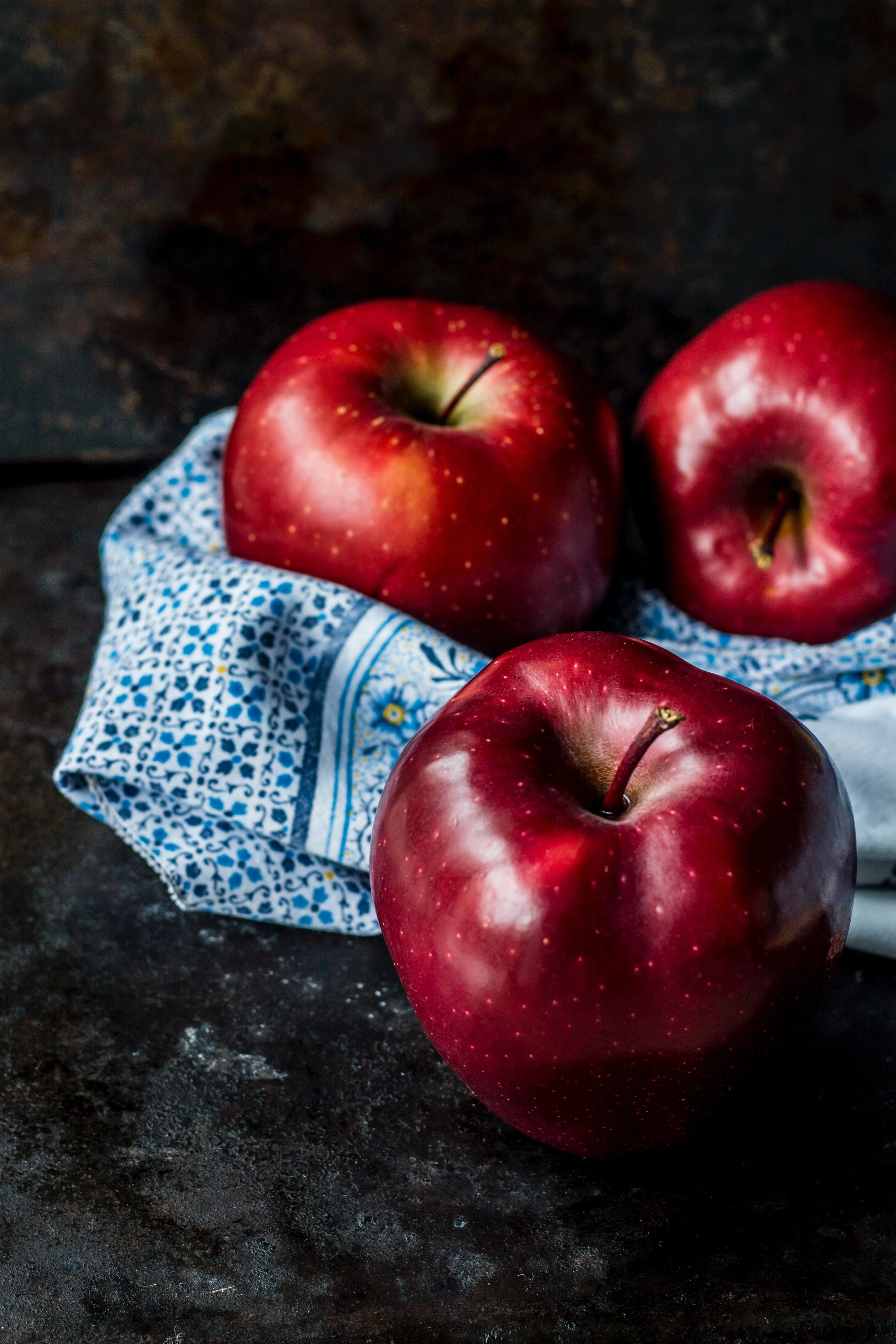
If you’re looking to create triangular still-life compositions, an easy way to start is by placing tall items in the back of the scene and using shorter items to spread out the composition and move it forward.
You can use this technique to create classical still-life scenes, but it’s also a great way to produce powerful product photos. And you don’t need a lot of items, either; you can even create this type of composition with only a few objects as long as you’re creative about how you arrange them!
The Golden Triangle
If you’re familiar with photographic composition techniques, you may have heard of the golden triangle, which encourages you to position key image elements along this overlay:
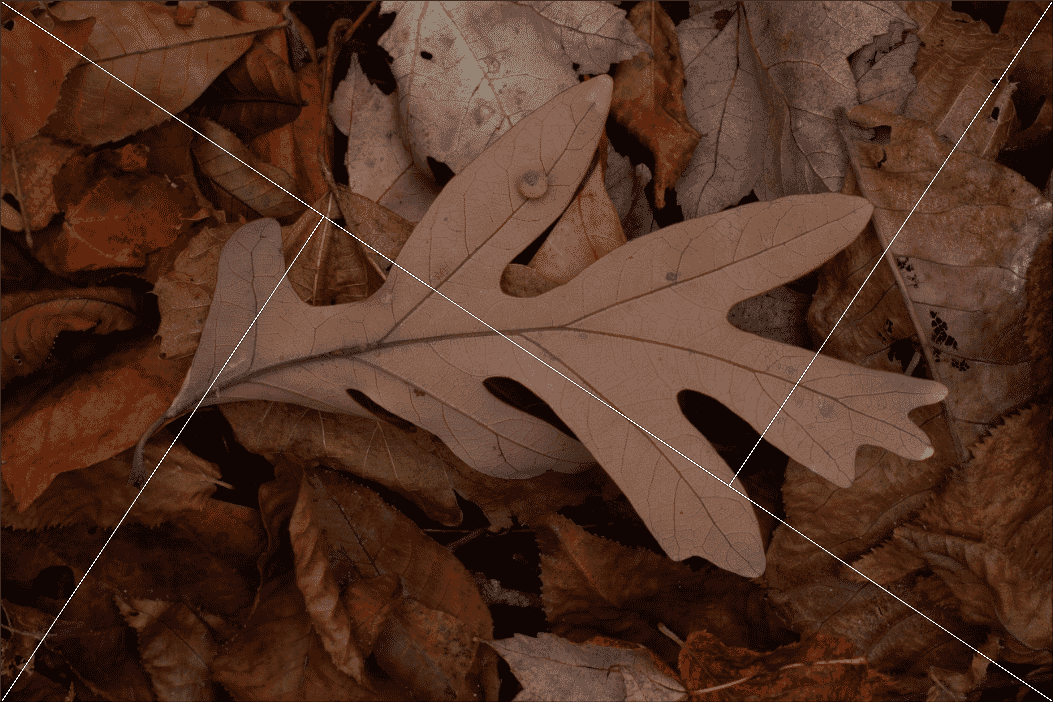
As you can see, this allows you to create triangles along the diagonals. You can also position your main subject at one of the intersection points (if you so desire). This results in images that are powerful and dynamic.
Use Triangles to Improve Your Compositions
Triangles are a great way to add stability and movement to your compositions, and I encourage you to seek them out wherever you go. Even if you don’t see any obvious shapes, it often pays to really examine each element while adjusting your compositional framing. There may be an implied shape or two hidden in the scene.
Spend some time looking at your favorite images. Note how other photographers work triangular shapes into their compositions. Then head out with your own camera and capture some beautiful photos!
FAQ
Why should you use triangles in your photography?
Triangles are great for creating stable compositions, and they can also help you capture impressively dynamic compositions.
What is an implied triangle?
An implied triangle is simply partially complete. You might have several points without the lines, for instance.
Where can you find triangles?
Triangles exist everywhere. You just have to look for them! For instance, you can find triangular mountains, leaves, waves, shadows, and more.
